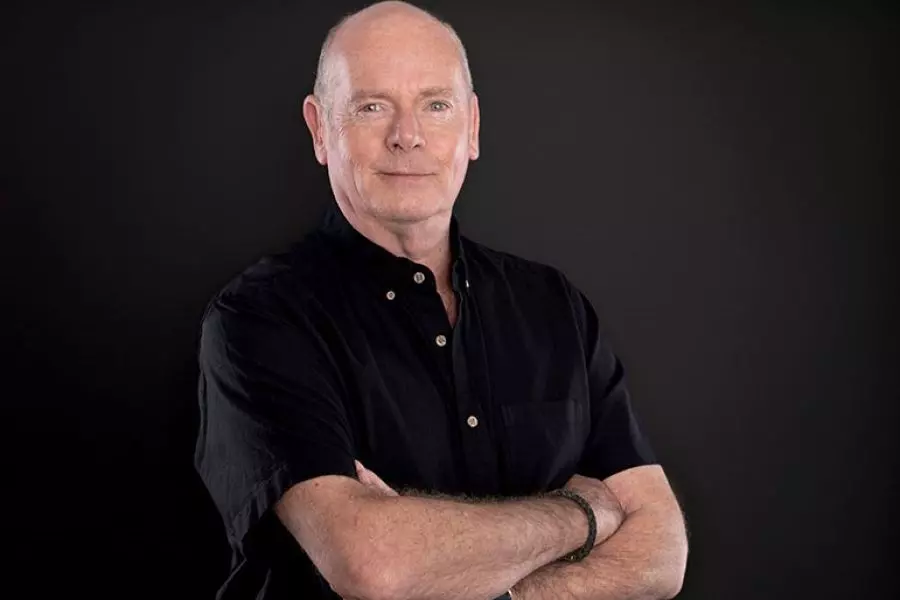TMM - News
Advisers can ride on non-bank coat-tails says broker

Friday 16th of December 2022
Jeff Royle thinks the non-bank lending lending sector will grow and can take advisers along for the ride.
Royle is a man who sometimes brings an eccentric air to an often straight-laced industry – he calls himself a “financial paramedic” and says he is the “skipper” at iLender.
He is even a “mortgage guru”.
But he is deadly serio...
Want to read the full article?
Click the button below to subscribe and will have unlimited access to full article and all other articles on the site.
Latest News
3 min read
2 min read
Latest Comments
Surge in complaints against advisers
Susan Taylor is not THE financial ombudsman. We have an appointed Banking Ombudsman who is Nicola Sladden but there is no financial ombudsman per se.
Susan Taylor is the CEO of Financial Services Complaints Limited (FSCL) a dispute resolution scheme which after a protracted court battle has now been allowed to use the term ombudsman in its name.
FSCL’s website is now stating that they are “a financial ombudsman service” Susan Taylor in addition to being their CEO is also calling herself Financial Ombudsman. Just felt it was important to highlight the above when this article is all about people making instant judgements about others.
2 weeks ago Simon Rule
Business funding landscape change
As reported yesterday Kiwibank is owed just over $1.8 million now after the collapse of the Solar Group, while the Inland Revenue is owed around $933,675.
The people in charge at Kiwibank think they don't need to run it like a real bank because of its taxpayer backing. Their attitude has always been they can just go back to the Government (taxpayer) for more money if needed. A lot of their lending decisions are based around this.
2 weeks ago Simon Rule
Trust Management starts push into financial advice market
Exciting to see Trust Investments stepping into the financial adviser space with such clarity of purpose and vision. After years of delivering thoughtful, values-driven outcomes for institutional and for-purpose clients, their expansion brings a welcome addition to adviser portfolios - with their Global Bond Fund providing a relevant alternative to some of the traditional approaches.
2 weeks ago Clayton Coplestone
Salt's Long Short Funds delivers the manager a big payday
I mean seriously, it's not really a benchmark that is a true test of skill is it?. It's set at such a level that a passive exposure would pay performance fees.
From Salts own fact sheet, since inception the benchmark has returned 7.45% and also from Salts own fact sheet a passive NZX/ASX exposure return of 8.66% per annum. Congrats, you've underperformed your own passive comparison by 1.2% per annum before fees! It gets real spicy if you take a passive, hedged exposure to SPX. Now your benchmark is underperforming a passive exposure by 7% per annum.
Don't really see the point of the the fund, not even volatility reduction as it looks like the fund participated fully in the drawdown during Trump 1 and COVID.
2 weeks ago Barry Peters
Big, fat beautiful fees
FYI - It is NOT the bank's data. If I as a banking customer agree that the fintech may have access the banks can't stop or charge for that data. If they do I can charge the bank for using my data. What ius good one way should be good the other as well.
2 weeks ago Martin Frauenstein








